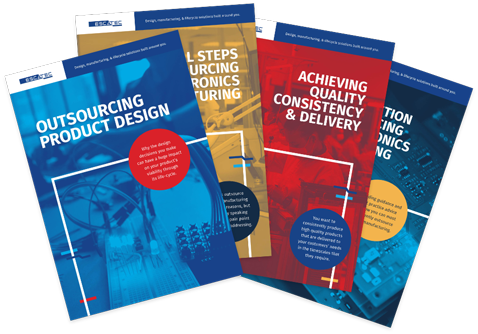The future of EMS supply chain planning: a Q&A with Omnics CEO Akhil Oltikar
In this guest Q&A, Akhil Oltikar, co-founder and CEO of Omnics, shares his ...
RESOURCES
By signing up you agree to our Privacy Policy

©2026 ESCATEC. All rights reserved.